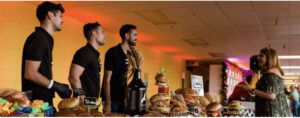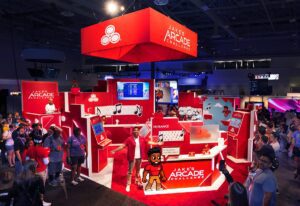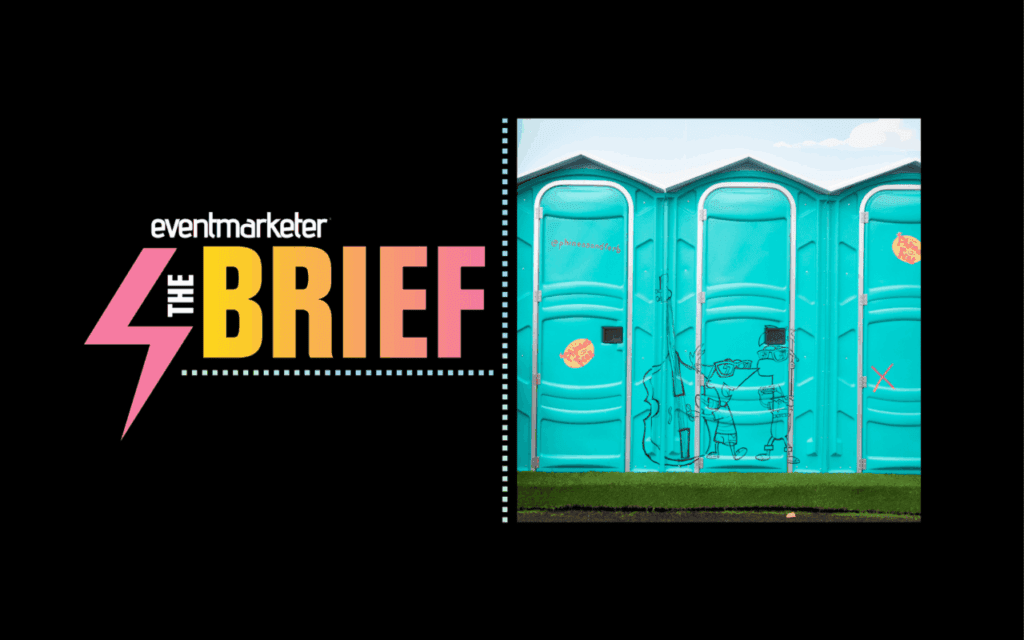
For Boston Magazine, events and experiential marketing are key ways to help sponsors and partners create engagement in numerous channels.
The publisher works with partners to create brand-building events and experiences around the city. The bar has definitely risen in the last decade when it comes to experiential marketing, and companies have gotten more adventurous about their live event strategies. But becoming fearless and pushing the experiential envelope doesn’t come cheap.
“Everybody wants an event, an experience, but big activations can be expensive,” says Leah Palone, senior marketing director of Boston Magazine, speaking at this week’s Event Marketer Training Camp in Boston. “We need to be strategic in how we’re spending other people’s money.”
Once upon a time, she notes, many experiential marketers came from purely creative backgrounds. But now, they need to be strategic, analytical and understand ROI. “In the past you could just throw a great party. Now, you need to know what you’ll get out of it and what the brand lift will be. At the end of the day, the big idea has to deliver results.”
You May Also Enjoy:
- Optimizing the Role of Events in Experential Marketing
- Subaru Roams the Great Outdoors With Unique Events Promotion
Social media can be extremely helpful for measuring success, to gauge engagement before and after an event, she says, adding that its important to keep track of the halo effect of an event on your brand.
Events can be great for creating content to share in social, Palone says. This week, for example, Boston Magazine ran a wellness series for women ages 24-35 in conjunction with Tufts Medical Center. Going forward, content from the series will be shared with the magazine’s editorial team to continue engagement before, during and after the event.
While a wellness series is planned well in advance, other successful experiences can happen more on the fly. During Snowmageddon in 2015—when an endless series of winter storms battered the city—Boston Magazine quickly created a guerilla marketing effort to help out restaurants and other local businesses hit hard by residents hunkering down at home to avoid the snow.
Around the city, teams from the magazine spraypainted the logo of Best of Boston (the magazine’s annual awards for the city’s best products, businesses and services) on snow banks. People who saw it could go into nearby shops and restaurants for the chance to win a gift card. The campaign had a $10,000 budget—huge for the small publisher—and approximately $8,000 in gift cards were given out over a weekend, to help jump start sales at local businesses. “It really made a big impact,” she says.
11 Tips for Experiential Success
At the Training Camp, Event Marketer Executive Editor Rachel Boucher shared 11 pillars of experiential marketing success.
- Be remarkable. As former VP of marketing at Target Dan Griffis says, “if its not remarkable, its invisible.” Grab attendees attention in the first few moments.
- Be shareworthy. Great events are tremendous word of mouth generators and today, this is a highly measurable metric. Encourage attendees to share experiences in the moment and after an event.
- Be memorable. Did people learn something, discover something, create something? Give them an experience that they won’t forget.
- Can you prove it? The number one thing that differentiates an event planner from an experiential marketer is being able to measure.
- Is it relatable? Align with the needs, wants and desires of your audience, in a natural, not contrived, way.
- Is it personal? This can be challenging, with the help of technology like RFID chips, large events can be customized to cater individual preferences.
- Is it targetable? Create experiences with like-minded target customers, who can generate word of mouth value. Give attendees the benefit of more tailored content.
- Is it connectable? You can’t operate in a silo if you want to be successful. Think about your live event as a hub, and create a strategy to tie it together for your brand.
- One size does not fit all. Be flexible. Create programs that can be scaled up or down helps you to optimize investment.
- Is it engageable? Experiences need to stimulate your target audience—people get engaged when they feel there is true value.
- Authenticity can’t be faked. The more you let down your boundaries, and let people into your brand, the more you will have a connection.
LeadsCon’s Connect to Convert 2018 is coming to Boston October 3-5. Join us!



 Network
Network

